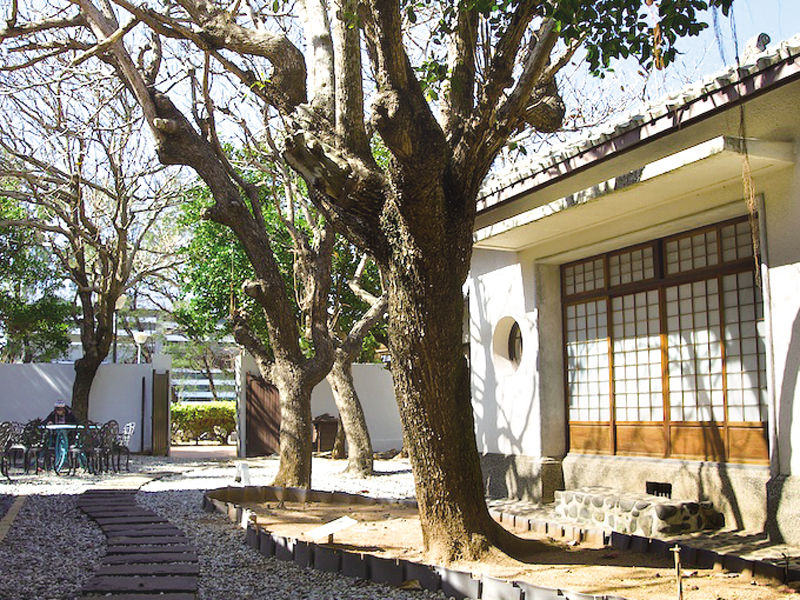Lingguang Temple
Attractions
Located in Guangrong Village, Lingguang Temple—commonly known as Huoshaoping Temple—has a legendary origin. During the late Ming and early Qing dynasties, residents of Huoshaoping discovered three drowned bodies along the shore and buried them at the site where the temple now stands. Over time, the site gained a reputation for answering prayers, and the spirits were venerated as "Jhulinggong."During the Japanese era, eight villagers attempted to commission a golden statue for Jhulinggong but were unsuccessful. In the 4th year of the Showa era (1929), village leader Chen Chiangcheng established the Yishan Temple(化新社一善堂) in his home, where Jhulinggong was later elevated by the Jade Emperor to the rank of Wangye (Lord). By the 7th year of the Showa era (1932), divine instructions indicated the time was right to build a temple. The community rallied to raise funds, and the new temple, initially named "Ziling(紫稜)," was dedicated to Lord Chu, with Lord Guan also enshrined.In the 9th year of the Showa era (1934), recognizing that "Ziling Temple(紫稜殿)" did not align with the naming conventions of other local temples, it was renamed "Lingguang Temple," a name that has remained unchanged.
Source: Penghu Travel, National Cultural Memory Bank System, Ministry of Culture – Appearance of Lingguang Temple in the Ren-Shen Year (1932, Showa 7)
Source: Penghu Travel, National Cultural Memory Bank System, Ministry of Culture – Appearance of Lingguang Temple in the Ren-Shen Year (1932, Showa 7)
- Phone
- 06-9273476
- Opening Hours
- Open 24 hours
- Theme Category
- Attractions Cultural Attractions Temples
Nearby Locations
TOURIST ATTRACTION













